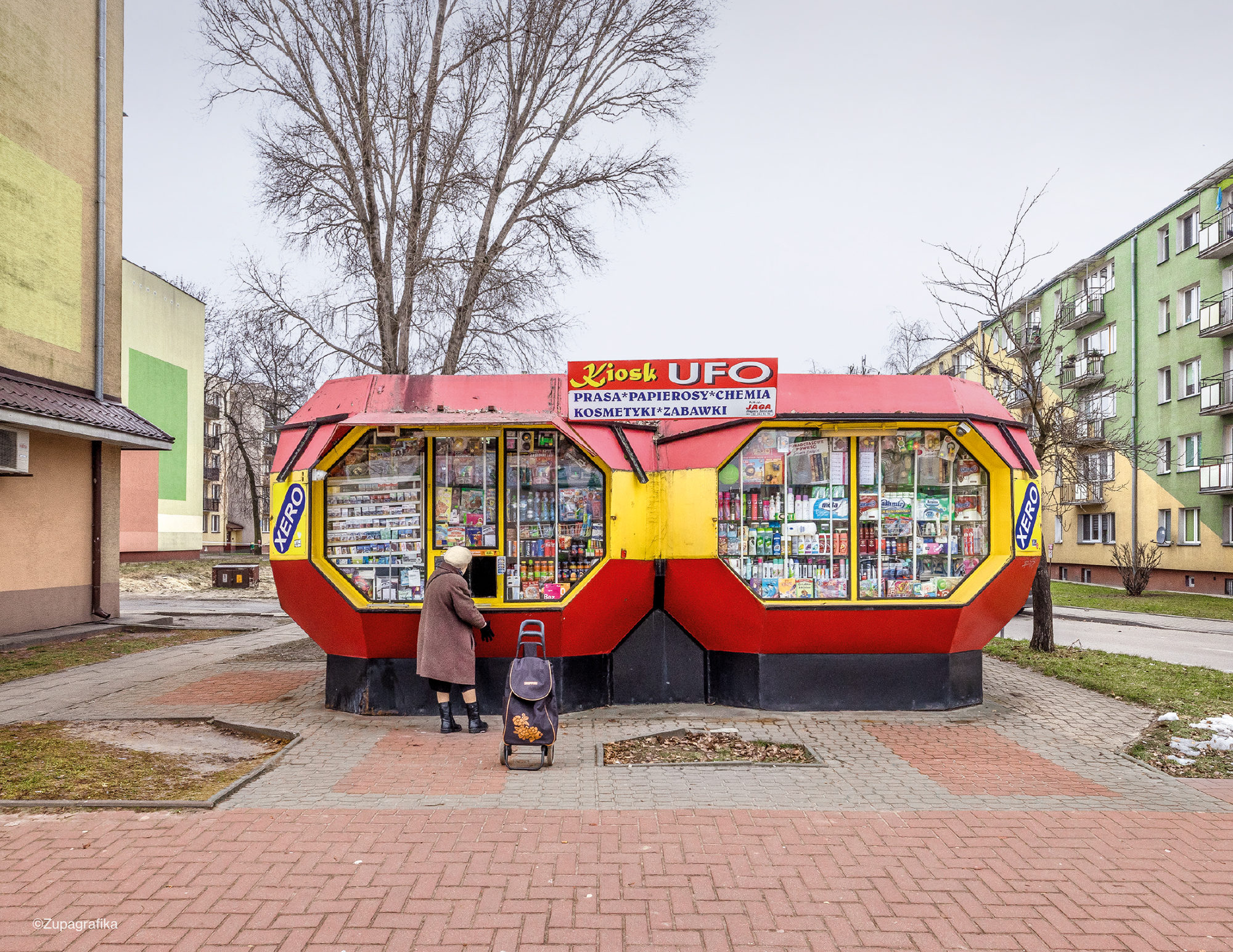
This new book about kiosk design exemplifies how the internet transformed interest in ultra-niche aspects of contemporary design into moderate-sized cults. In the hands of a skilled photographer, fading styles, forgotten movements and long-overlooked designers can all be given a second wind in the digital era. Perversely, this has also led to a modest but significant uptick in design publishing, as the market for this kind of imagery becomes algorithmically assisted.

Delve into modernist kiosk design
This book features the photography of David Navarro and Martyna Sobecka, founders of Zupagrafika, a specialist publisher and design studio founded in 2012. Zupagrafika, based in Poznań, Poland, was set up to celebrate ‘modernist and brutalist architecture, design and photography in a unique and playful way,’ and has built up a broad portfolio of books and other media (like their ‘brutal kits’).
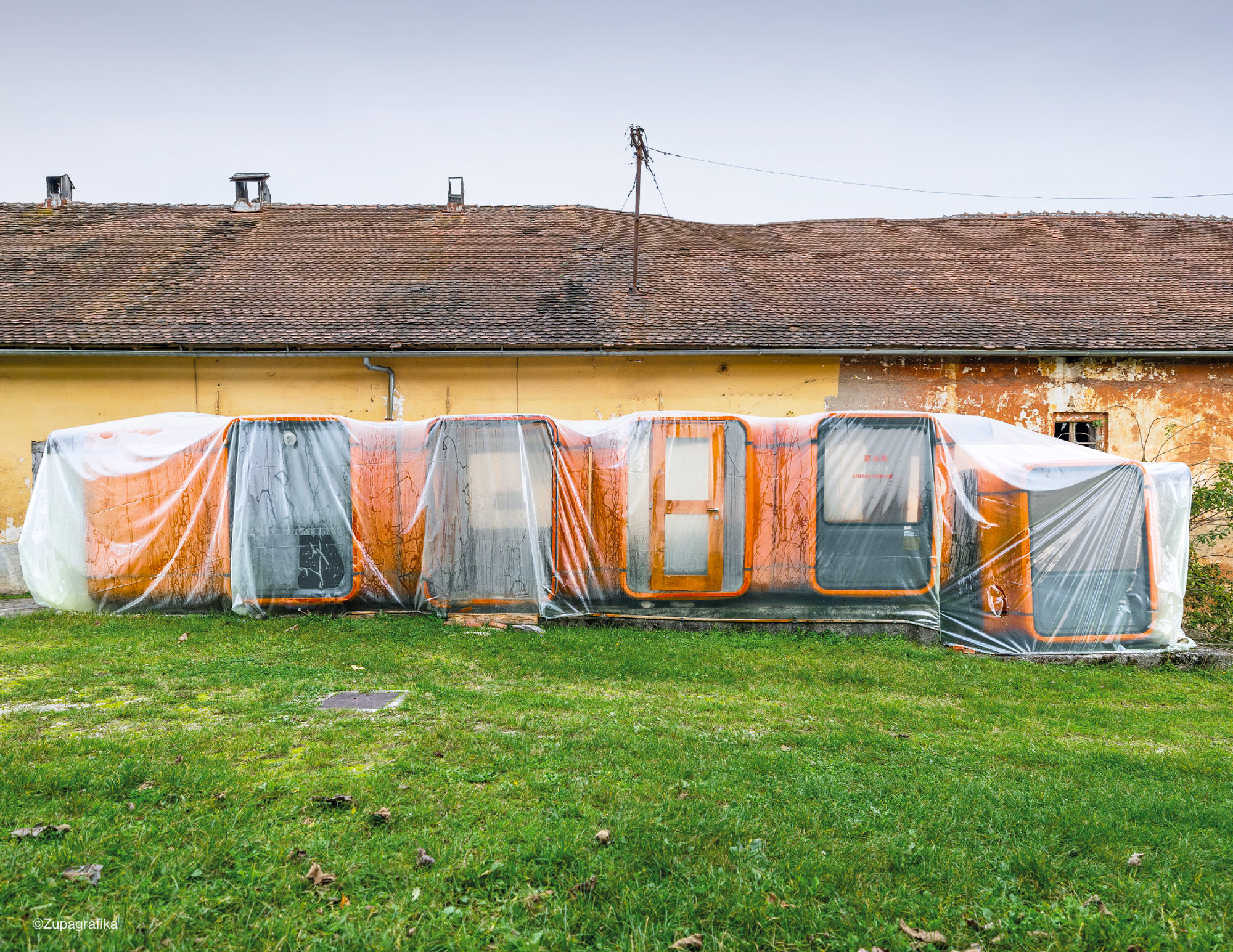
KIOSK is Navarro and Sobecka’s latest publication, a photographic catalogue of 150 modular kiosk structures that remain scattered across the former Eastern Bloc. These brightly coloured, factory-built kiosks had a wide range of uses, from town centre stores to market stalls, security posts and even beach shelters.
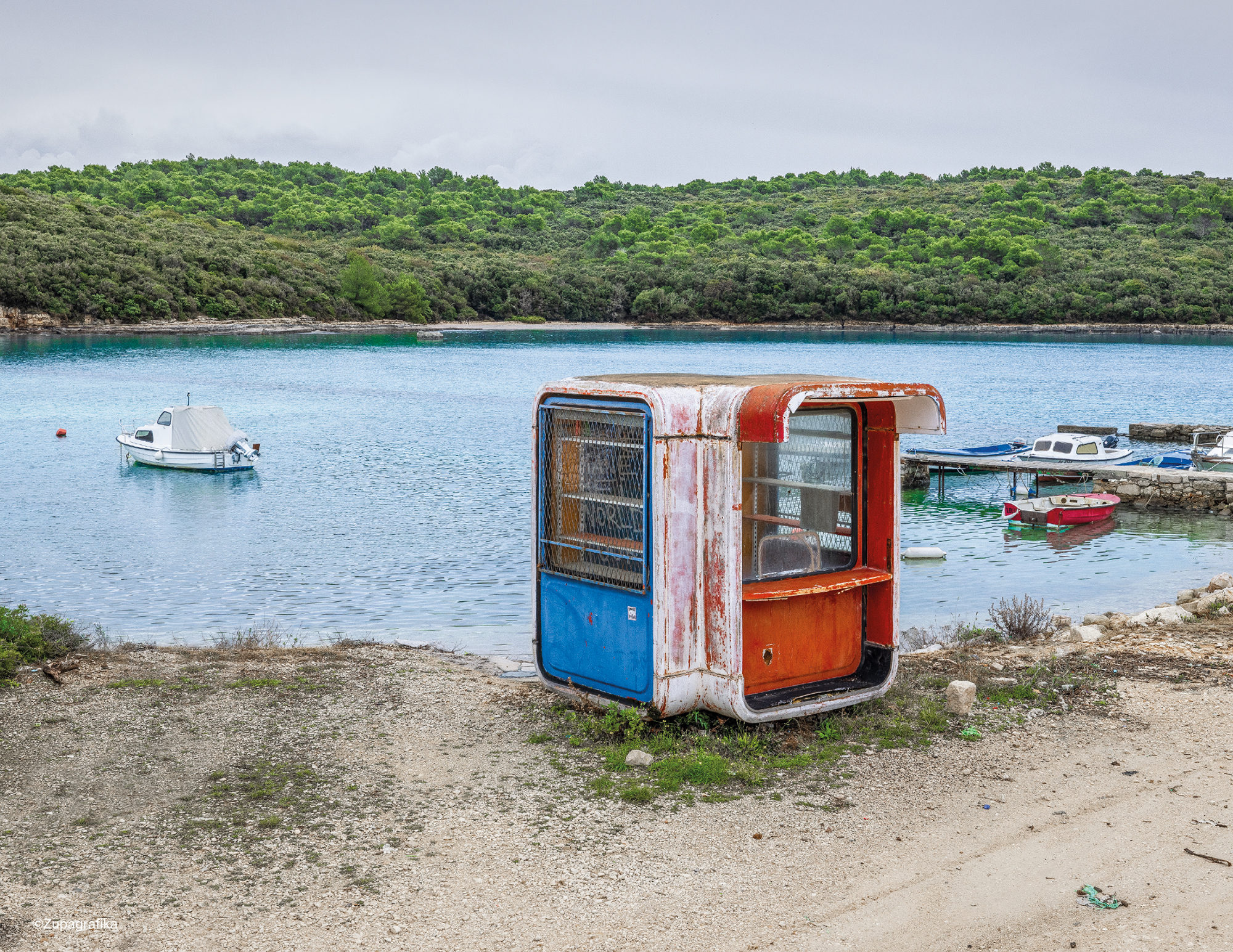
The authors have hunted down over 150 survivors, many of which are still in daily use, while others await a revival in their fortunes. Modular designs, like Slovenian architect Saša J. Mächtig’s K67 system and its various equivalents in Poland, Macedonia, Russia and elsewhere, are featured in all their faded glory, many still serving up food and newspapers, or simply providing a place to get out of the weather.
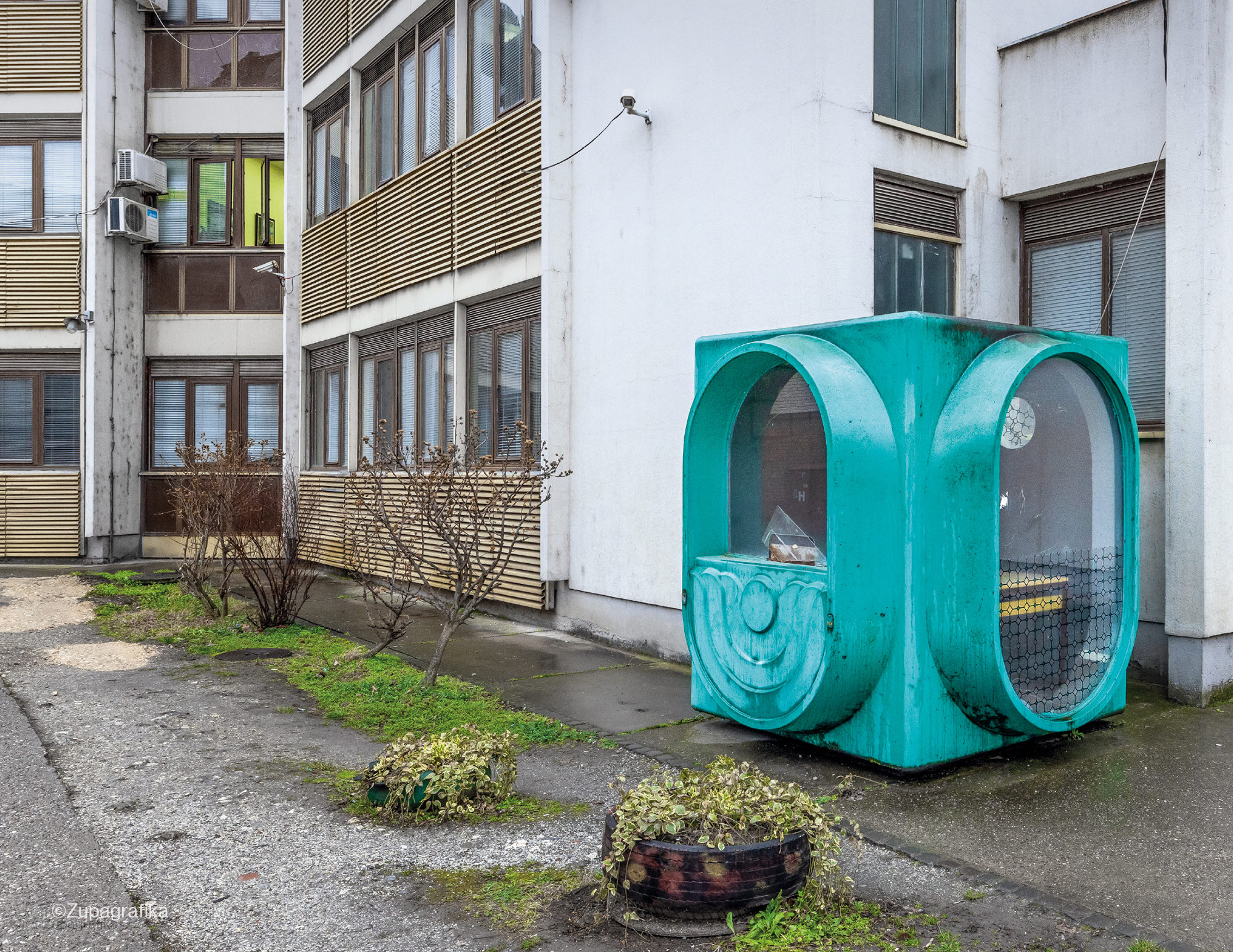
Gathered over a decade of wandering through Central and Eastern Europe, these modest pieces of modernist architecture are a vivid slice of socialist design history.
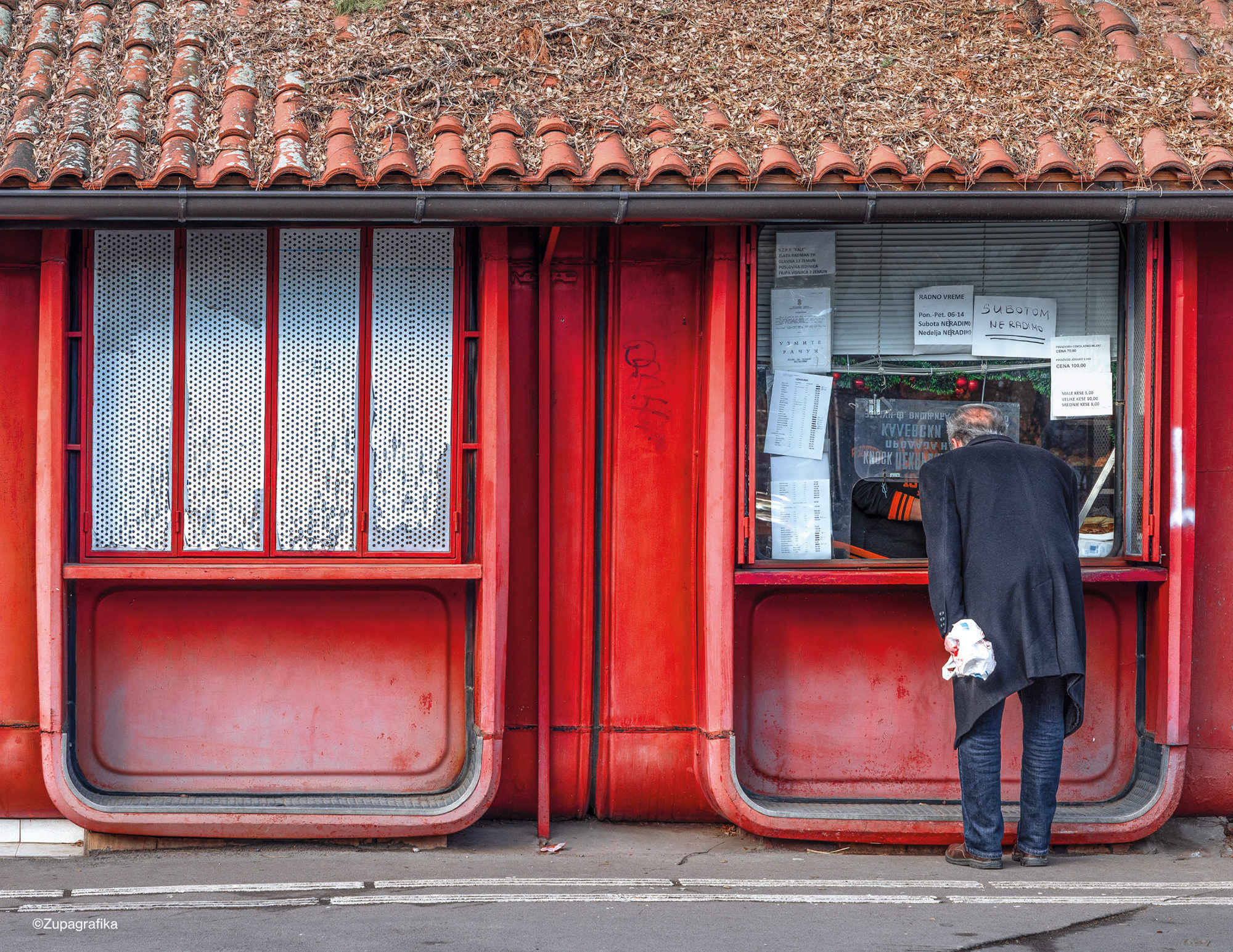
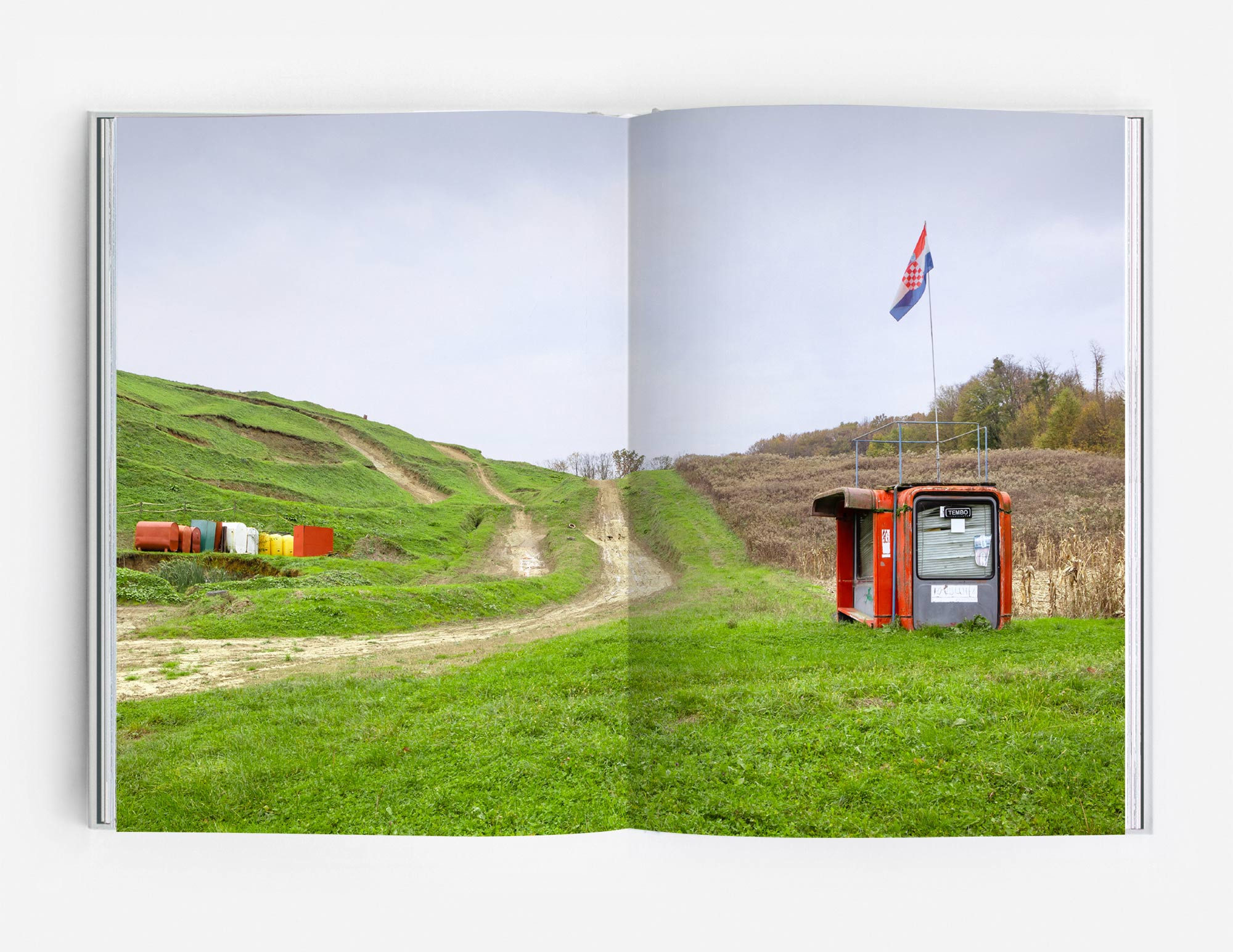
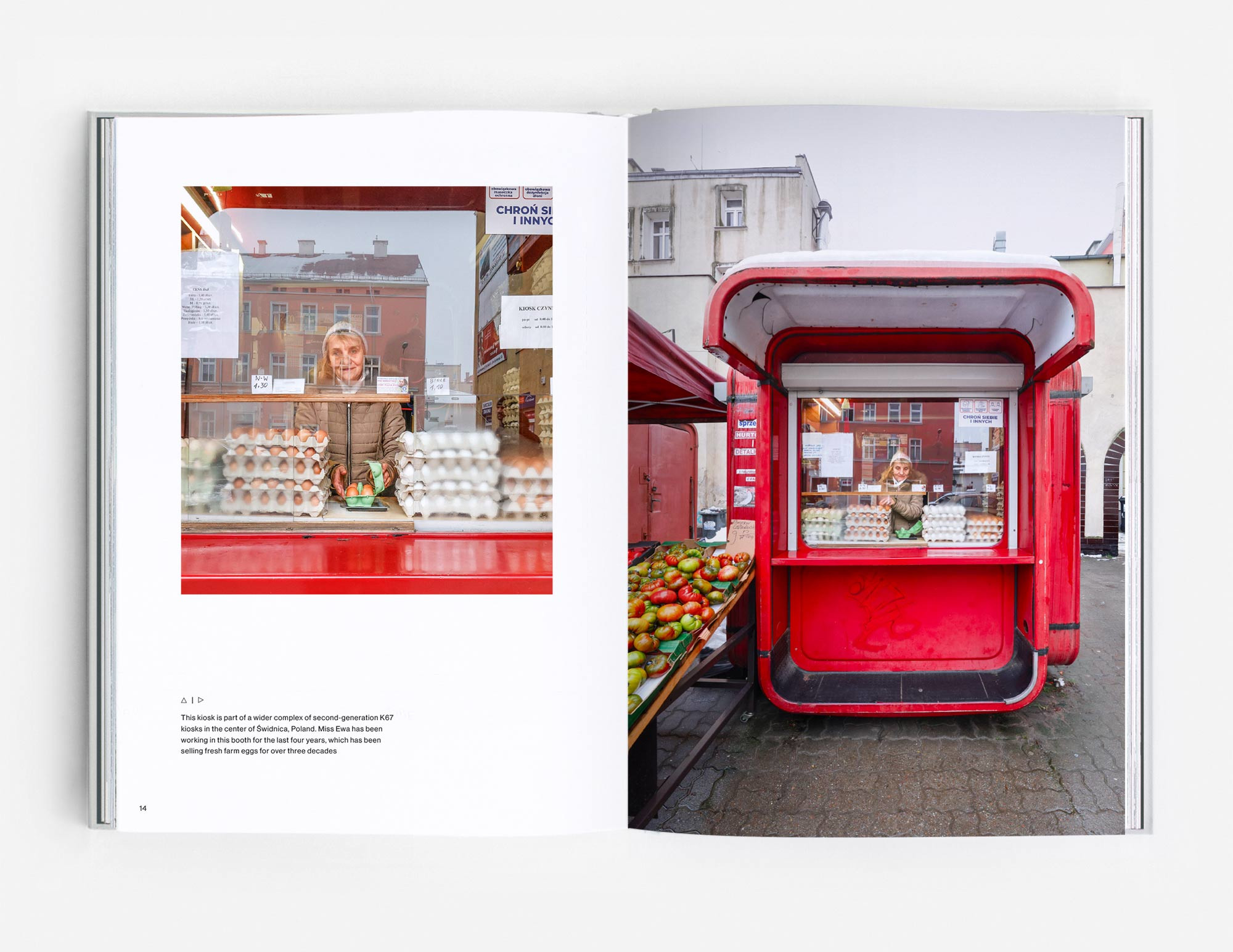
'KIOSK: The Last Modernist Booths Across Central and Eastern Europe', Zupagrakia, 26 euros,







